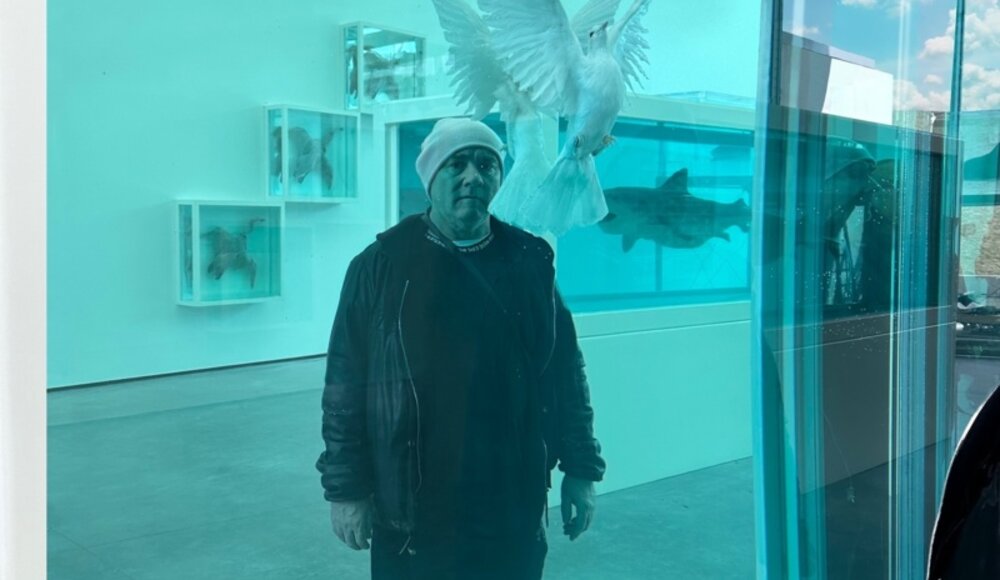An investigation by the Guardian has uncovered that three sculptures attributed to Damien Hirst and prominently displayed as works from the 1990s were, in fact, created in 2017. These sculptures, comprising preserved animals immersed in formaldehyde—a dove, a shark, and twin calves—were showcased in prestigious galleries around the world with titles and dates that strongly suggested they belonged to Hirst's earlier period of artistic output. Despite being physically crafted in 2017, they were presented with dates from the 1990s, prompting significant scrutiny regarding transparency and authenticity within the art world.
The controversy surrounding these artworks stems from the discrepancy between the dates assigned to them and the actual years of their production. While Hirst's company, Science Ltd, asserts that the dates reflect the conceptual inception rather than the physical creation of the pieces, this explanation diverges from the conventional understanding in the art industry, where the assigned date typically denotes the year of completion.
This revelation raises broader questions about the practices and standards governing the documentation and presentation of contemporary artworks, particularly those with complex creation processes or conceptual underpinnings. The reliance on artists' intentions versus the physical production timeline underscores a fundamental tension between artistic vision and material execution within the context of conceptual art.
Moreover, the implications of this discrepancy extend beyond mere artistic interpretation. Museums, galleries, and auction houses, which play a crucial role in disseminating and contextualizing artworks, may find themselves inadvertently misleading the public due to incomplete or inaccurate information provided by artists or their representatives.
In response to inquiries regarding the origins of these sculptures, Hirst's legal team acknowledged that some of his works had been intentionally aged or distressed as part of the artistic process. However, they vehemently denied any suggestion that employees of Science Ltd were instructed to falsify the age of the artworks in question.
The controversy surrounding Hirst's formaldehyde works also raises concerns about broader issues of authenticity and transparency in the art market. With no centralized database or comprehensive catalog of Hirst's sculptural works, institutions and collectors rely heavily on information provided by the artist or his representatives, highlighting the importance of clear documentation and due diligence in verifying the provenance of artworks.


 Jean Dubreil
Jean Dubreil